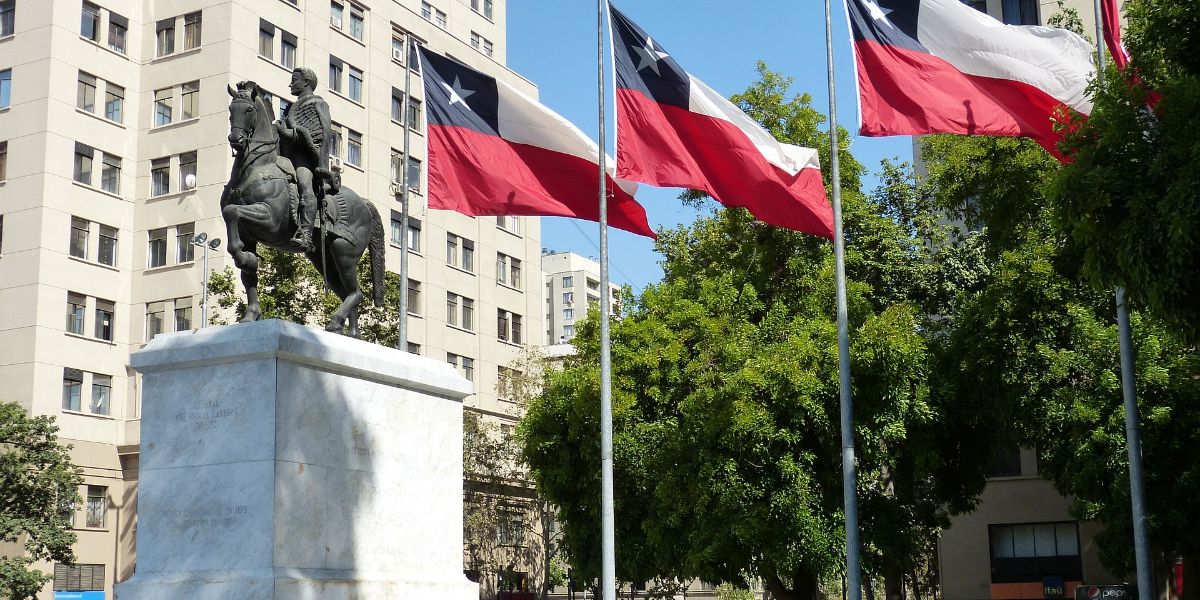The tax authority has published Ordinance 470 and Ordinance 471 of 5 March 2018. It describes the application of the dual corporate tax regimes introduced as of January 1, 2017. These regimes are the standard attribution regime (AIS regime) and the partially integrated regime (PIS regime). Under Ordinance 470, the two regimes do not applicable to public and state owned companies and Ordinance 471 gives clarification about the accurate uses of PIS regime.
Standard Attribution Regime (AIS regime): According to this regime, foreign shareholders are subject to the additional tax (withholding tax on profit remittances abroad) on the income from their ownership held in companies in the same year in which the income is recognized. This regime is applicable to individual entrepreneurs, individual limited liability companies, and limited liability companies where the owners are only Chilean individuals. Here, the company is subject to 25% first category tax (FCT) rate on its annual taxable income and for the nonresident taxpayers under this tax regime, a total tax burden of 35% applied to the year the company generates profits (25% paid by the Chilean company and 10% by the owner abroad).
Partially Integrated Regime (PIS regime): Under this regime, foreign owners will be subject to the additional tax only on the profit effectively distributed by the company. The partially integrated regime is applicable to limited liability companies where one or more owners are legal entities or taxpayers not resident or domiciled in Chile, taxpayers under the regime established in Article 58 No. 1 (permanent establishments), stock companies (SAs and SpAs) once the applicable regime is determined, and by choice or by default, a five-year holding period. From 2018, companies under this regime is subject to a 27% FCT rate. In accordance with the new partially integrated regime, the taxpayers can only able to access as credit an amount equivalent to 65% of the corporate income tax (CIT) paid by the company.













